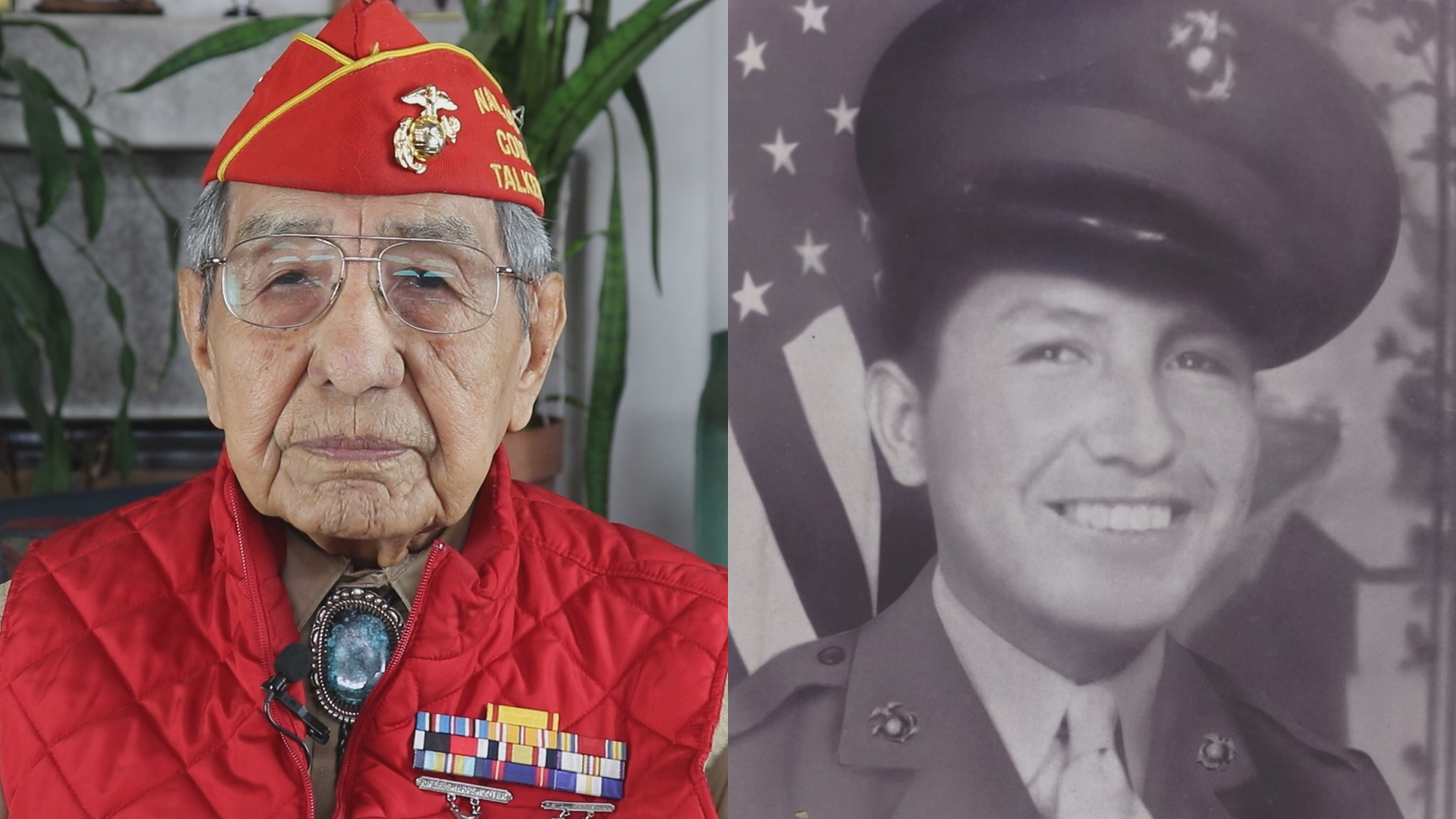LOUISVILLE, Ky. — The Navajo Code Talkers played crucial role in World War II, creating an "unbreakable code" that remains the only code unbroken by an enemy. It took decades before anyone knew they existed.
Of the 420 certified Navajo Code Talkers from the Greatest Generation, only two are alive today.
If anyone could keep a secret, it was Peter MacDonald Sr.
"Not even our parents knew what we did in the war," he said. "The whole project was top secret."
He was a boy living on a reservation in Arizona, who lied about his age to make the cut.
"I volunteered to join the U.S. Marine Corps at age 15, simply because my older cousin came home on furlough one day wearing that beautiful Marine Corps uniform," the 97-year-old veteran said.

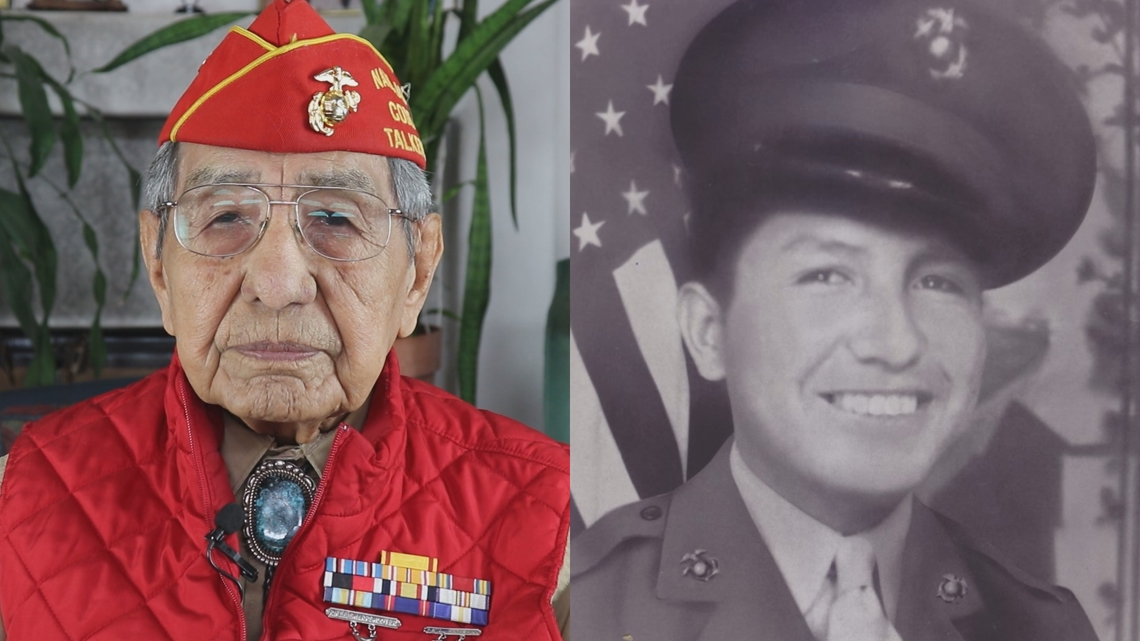
'Not even a Navajo knows'
At the time, MacDonald didn't know he'd be thrust into a top secret role that would help end the war.
The U.S. needed an unbreakable code, a language impossible for the enemy to decipher on the battlefield.
"Very smart, very intelligent enemy we had," MacDonald said, but they didn't know Navajo.
The military's program started with 29 Navajo Marines. MacDonald said the Marines selected people from the Navajo Nation because it was the largest inland tribe in America. That meant the program could suffer casualties, but still have the manpower to keep the baffling communication line going.

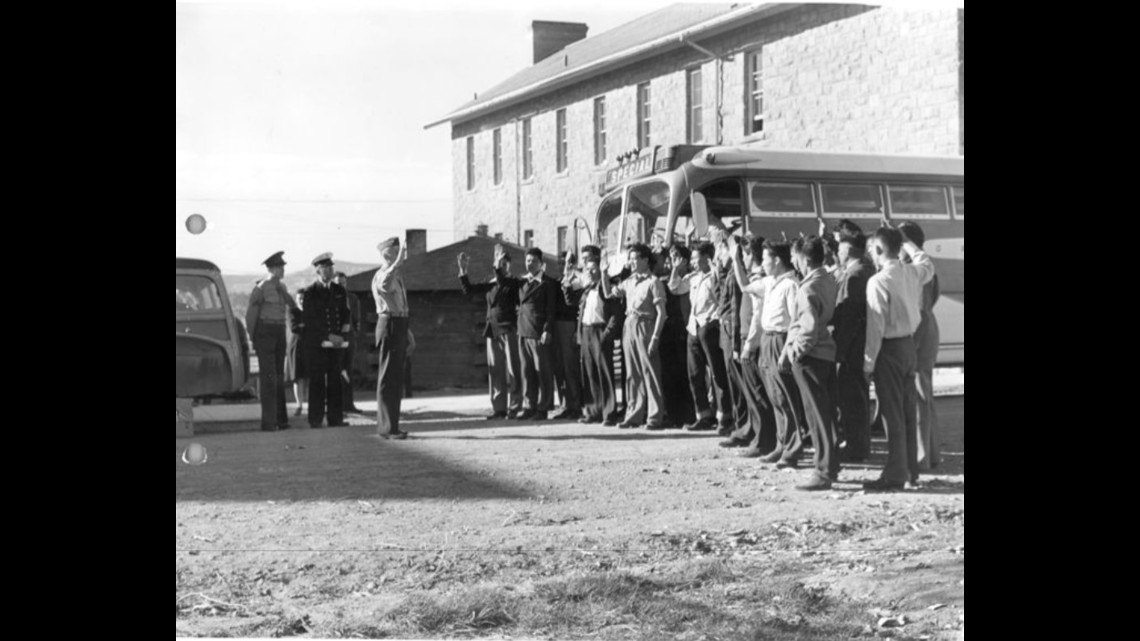
"Not even a Navajo knows what in the world we're talking about," MacDonald said.
Code Talkers could transmit and decode a three-line message in just 20 seconds, when in English it would take 30 minutes.
"None of us Code Talkers knew how valuable it would be in the battles in the Pacific," he said. "Specifically battles like Tarawa, Iwo Jima, Okinawa."
Their code is what saved a group of 5th Division Marines on Iwo Jima.
"They were pinned down, being shot at from three different directions. They were desperately hanging onto their lives in their foxholes," MacDonald recalled.

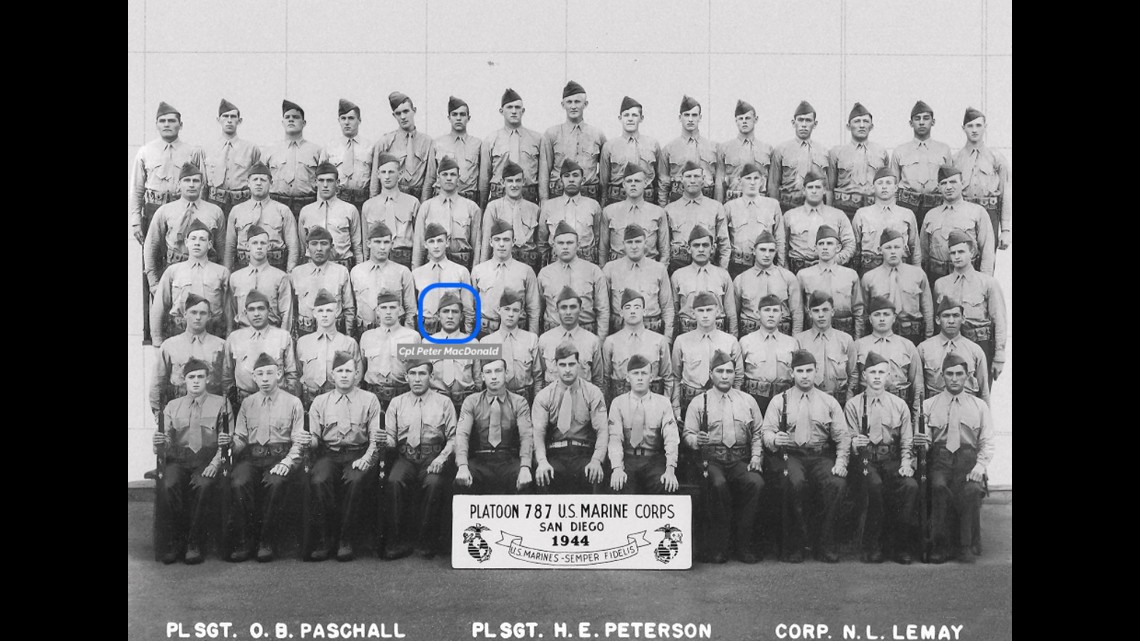
Major Howard Connor was the signal officer who handed a message to the Code Talker. What was relayed to a nearby beach post wasn't just transmitted in Navajo, there was another layer of code used.
"Sheep, Eyes, Nose, Deer, Destroyer, Tea, Mouse, Turkey Onion, Sick Horse, 362 Bear," MacDonald said. "Does that sound like asking for help in Navajo words? No, but the code talker receiving the message, what did he write down? 'Send demolition team to Hill 362 B.'"
He said within 20 seconds another unit went out and saved the soldiers under fire.
"That's why Major Connor, without hesitation, said Marines would never have taken the island of Iwo Jima without Navajo code," MacDonald said.
Waiting for recognition
Even after the WWII Code Talker program was declassified in 1968, national recognition of Code Talkers was slow.
There was some recognition in the 1970s and in 1982, when President Ronald Reagan declared August 14 as Navajo Code Talkers Day. But it wasn't until 2001 that the Congressional Gold Medals were given to all Native American Code Talkers, some posthumously, including the 420 from the Navajo nation.


"Today, we still feel the same way as many of our ancestors who have given up so much to maintain peace in the southwest," MacDonald said. "What we question is, these are just small actions for what we did. But the enemy we helped defeat, the Japanese [and Germans], received a lot more than what we received from the U.S. government."
He explained that after the war many countries received billions of dollars through the Marshall Plan to rebuild.
"We didn't get a Marshall Plan. Today, we're one of the poorest citizens in the U.S.," MacDonald said. "We're still in poverty, we need a 'Super Marshall Plan,' that's how we feel. This is our country and we would stand up any day, any time to defend it."
'Not a Code Talker movie'
Toward the end of our interview, we asked MacDonald how he felt about the 2002 movie, Windtalkers, featuring Nicolas Cage. It centers around two U.S. Marines in World War II assigned to protect the Navajo Marines.
MacDonald said MGM came to the reservation for research on the topic before filming started and then invited some of the Code Talkers to the movie's premiere.
"It was not a Navajo Code Talker movie," he said. "Only about 15% of [the movie] was about Navajo Code Talkers. The other 85% was about Nicolas Cage and all of his problems, whatever that was. That's my observation of the movie."

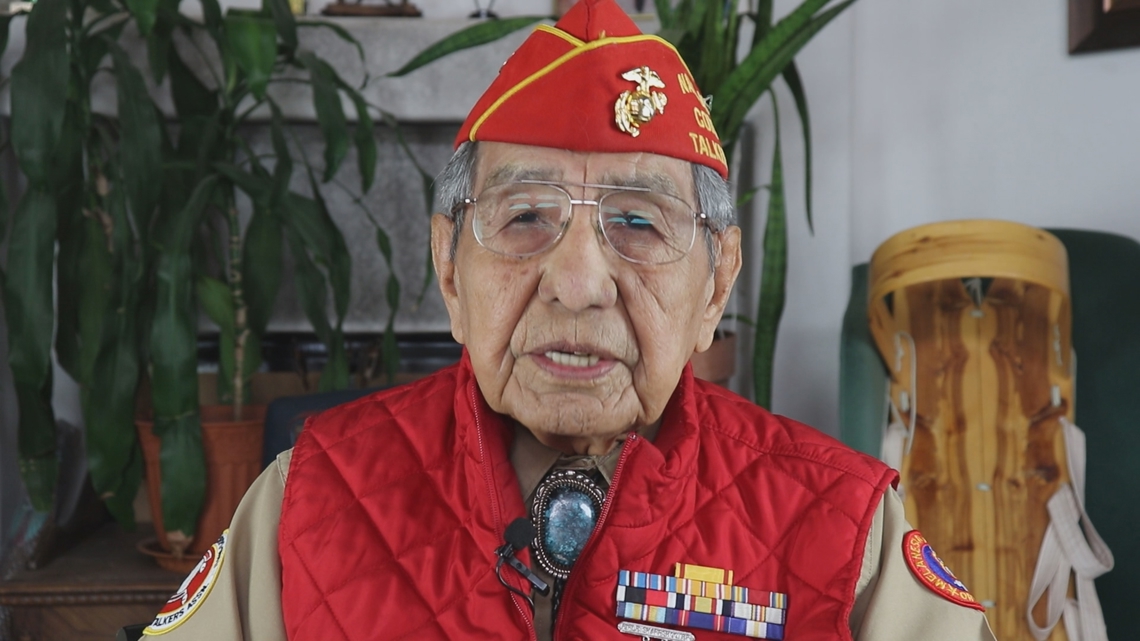
Today, MacDonald continues living the Navajo way with his wife, on a reservation in Arizona.
The only other surviving Code Talker is 99-year-old Thomas Begay, who lives in New Mexico, and served on Iwo Jima.
"[He's] one of my best friends," MacDonald said, adding that the two talk often.
Make it easy to keep up-to-date with more stories like this. Download the WHAS11 News app now. For Apple or Android users.
Have a news tip? Email assign@whas11.com, visit our Facebook page or X feed.

